3D Printing the World: "It's Amazing, Exciting, and Can Benefit Our Children Immensely"
Creating plastic hands for children lacking limbs, making toys for visually impaired kids, and even printing models of the Tabernacle. Yehuda Dwolatzki, an expert in the field, shares the wonders of 3D printing.
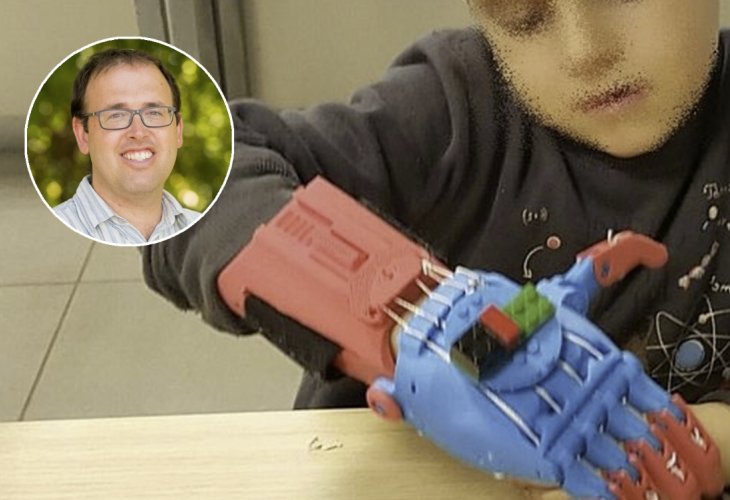 In the circle: Yehuda Dwolatzki
In the circle: Yehuda DwolatzkiImagine a Torah lesson where the teacher educates the students about Noah's Ark, and at the end of the lesson, takes them to the computer room and announces: "Now, let's all build an ark like Noah's." The ark is designed on the computer screen and then sent to print. From the printer, it emerges as a model made of hard plastic. The ark is completely tangible, you can open its doors and even feel the animals residing inside.
Consider a child who wants to give his friend a birthday gift—a savings bank in the shape of a duck. He looks in all the shops and can't find one, so he decides to opt for the simplest way—returns home, sits in front of the computer, and prints the gift—a savings bank exactly in the style and shape he wanted.
Think about a housewife whose fork from her most prestigious set was accidentally thrown in the trash. She doesn't lose her composure but rushes to the nearest print shop where a very high-quality printer prints her a new fork with 3D metal printing. The housewife receives the missing fork and returns home satisfied and happy.
If all this seems like something from science fiction, or as part of developments expected in a hundred years, you'll be surprised to hear these options exist today. They're available in various styles and techniques, and this amazing technology is rapidly taking over the world.
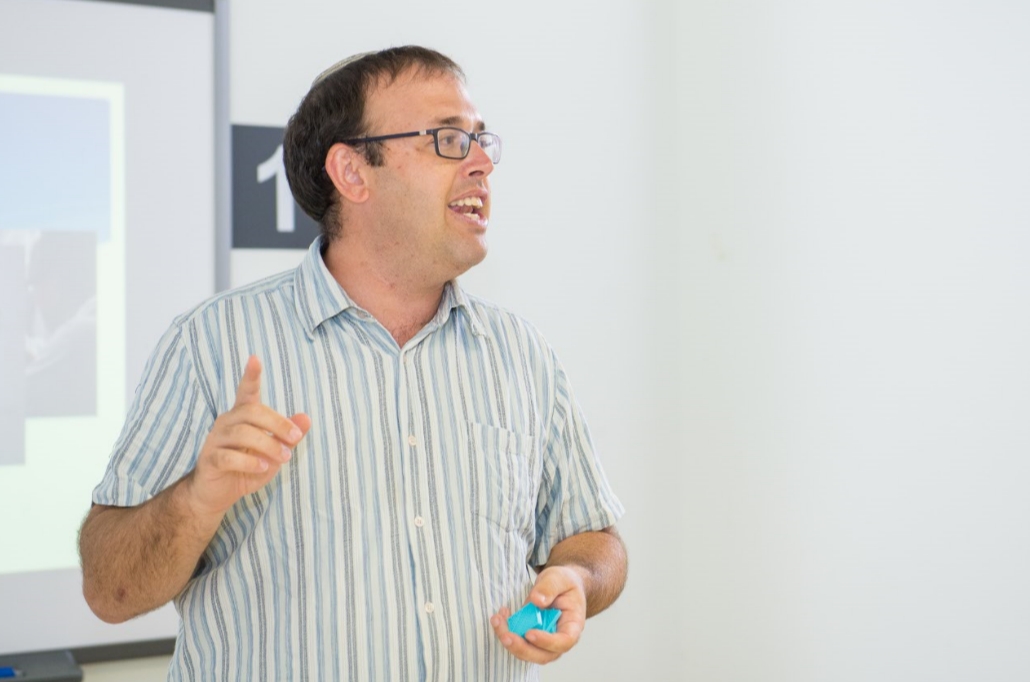 Yehuda Dwolatzki
Yehuda Dwolatzki
Printer on Demand
"3D printers have actually existed since 1983," says Yehuda Dwolatzki, an educator by profession, who during his sabbatical year decided to explore the subject of printers and has since become an enthusiast in the field.
"Of course, the first printer was primarily intended for industrial development," he notes, "It was not available to the public. But in 2006, the patent expired and manufacturing rights became public domain. At that moment, a movement to produce home printers began. Initially, it was very complex because those interested in having such a printer had to buy many parts and assemble them themselves. This created online communities of people supporting and sharing resources with each other.
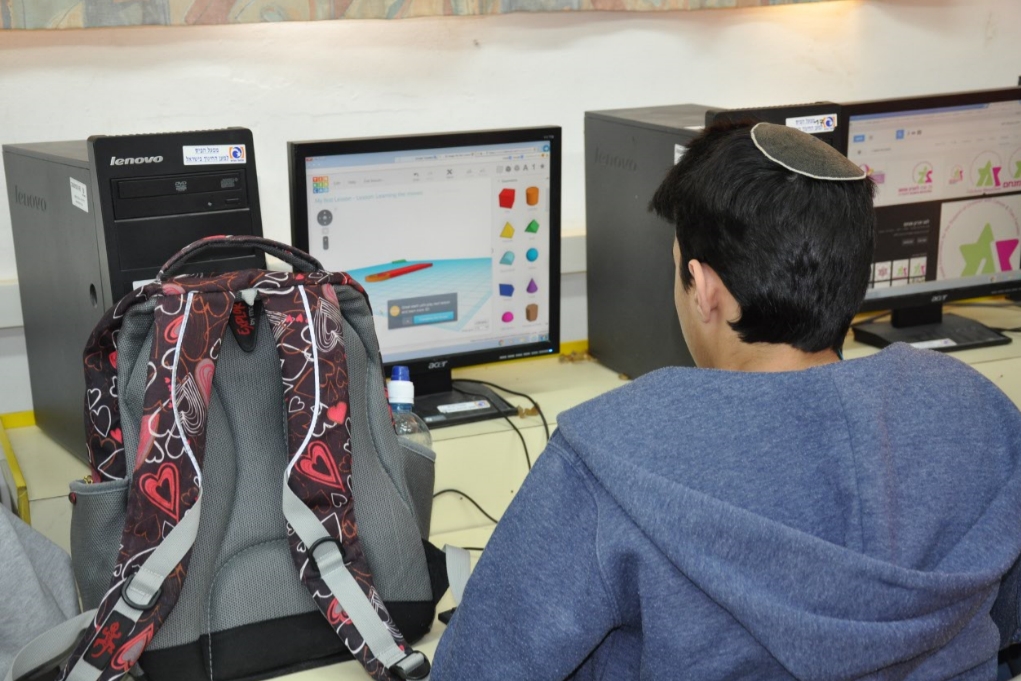
"But over time, there was further progress, and the new technology became more and more accessible. In the last decade, there has been a real revolution—suddenly, these printers conquered public consciousness and became something everyone is involved in and uses."
Can you help us understand—what exactly is 3D printing?
"3D printing is essentially a code name for many things that are different from each other, in types of technology, materials used, and manufacturing processes. But what they all have in common is digital manufacturing, because they are all produced as follows: a model is designed using software on a computer, and I send this file to a printer that is capable of producing it layer by layer. The printer takes the model I've designed and slices it into thin slices, thus manufacturing it."
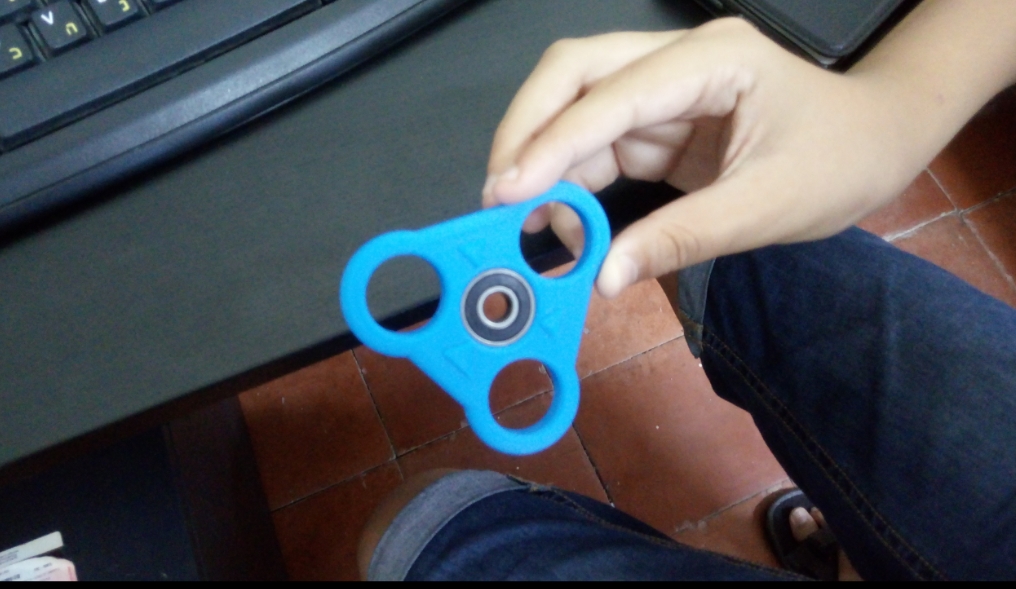
And what is the model made of?
"This changes according to the type of printer. The most popular printers for home use are those that print various types of hard plastic, but there are also printers that print ceramics, concrete, metals, and even chocolate. It's very creative and amazing."
Are there printers that can print from multiple materials? For example, both plastic and metal?
Dwolatzki replies that for now, it's not possible to produce such printers, and he explains why: "To print plastic, you need to use a temperature between 200 and 280 degrees, but when using metal, 200 degrees wouldn't even scratch the surface and you would need to print at a temperature of 1500 degrees. However, there are already printers today that print in several materials with the same connection, like various types of metals."
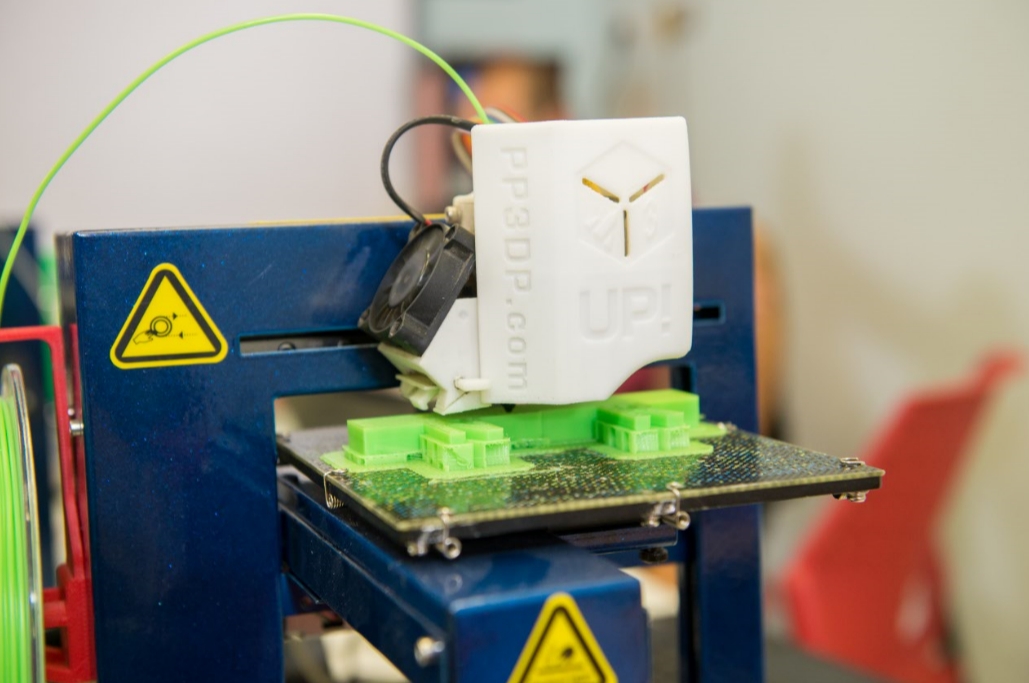
If we want to have a 3D printer at home—what do we need to do?
"You need to purchase a printer and suitable software. Regarding the software, it's not too complicated, but you should know that a variety of software suites are used for 3D printing. These software suites are generally divided into two families—the first type is CAD software—Computer-Aided Design. This is the software in which you plan the model, design, and 'model' it (from the word model).
"The second type of software is slicer software (from the word slicing). The slicer is what actually takes the model we prepared and slices it into thin slices. The slicer also prepares the appropriate code so that the printer knows what to do and how to print, in terms of layer thickness, with or without supports, and more. After using both of these software programs, they themselves send the file to the printer, and then the printer does the work."
Dwolatzki notes that it's important to know that many of these programs are now free and excellent. "This is really good news because a few years ago, such software was only available in industry, and even then, 30,000 shekels were paid for a license to use them. But today, it's already accessible to the entire public and for free."
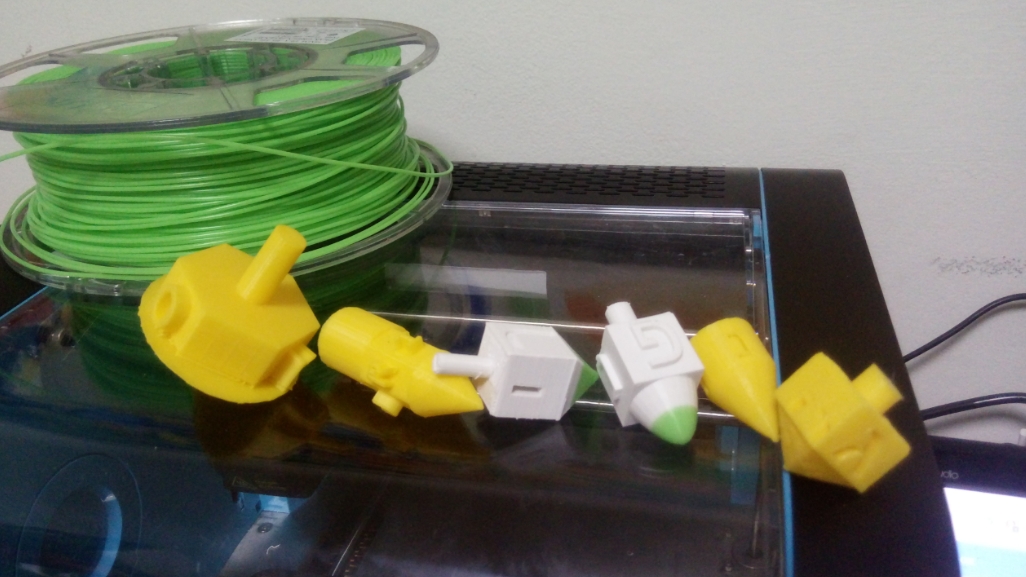
And what about the printer? Surely it's not free...
"That's right, the printer is not free of course, and neither is the material you fill it with. You need to purchase both. The simplest domestic printers start at 3000 shekels and go up to 15,000 shekels. Of course, there are also more expensive printers whose prices reach even half a million euros, but they are mainly used for industry and manufacturing. They also have dangerous lasers, which are not suitable for private homes. Domestic and private printers are sold at the prices I mentioned, with the exact price influenced by years of insurance and warranty, the number of print heads in each printer, certain brands, and more."
Printing Hands for Children
The possibilities of utilizing 3D printers are endless, but Dwolatzki chooses to share a special and amazing use made with them. "There is an international project called enable. The organization in Israel representing this project is called Haifa 3D, and they chose to name the initiative 'Give a Hand in 3D.' The project specializes in manufacturing hands using 3D printing for children born without fingers, a hand, or sometimes even part of an arm. Unfortunately, this is a more common phenomenon than one might think. Such children generally do not receive a prosthetic, because prosthetics are expensive, and it is not feasible for a child to walk around with a prosthetic costing $10,000. They also grow quickly, so it's not feasible to replace their prosthetic every year. This is exactly where the organization comes in and offers them inexpensive plastic hands that are 3D printed. They are much cheaper because they are printed via a printer.
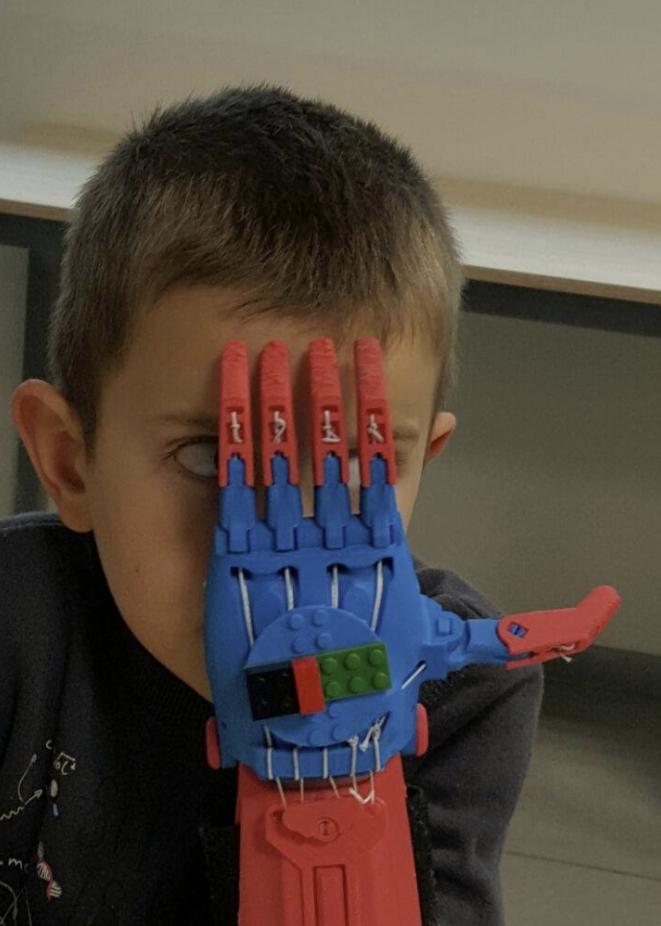
"Interestingly, at first, the organization intended to find skin-colored plastic to print the hands, but quickly realized the children actually wanted colorful hands, in colors they love and resonate with. It is so moving to see this—children who were always used to hiding their damaged hand now walk with their hand raised high so everyone can see it. This not only adds motor abilities, allowing them to do tasks they couldn't before but also provides emotional benefits for the children. It's something amazing that's made possible only thanks to this accessible and simple technology."
While printing hands may sound slightly ambitious, Dwolatzki says this technology can also be used for a variety of other things. "Personally, as an educator, I decided to simply take the extensive knowledge I acquired on 3D and harness it for my educational work. For example, with my students, I created various gifts, and we also undertook projects of printing models, such as models of Tabernacle instruments, or models from a real village that we created with perfect accuracy."
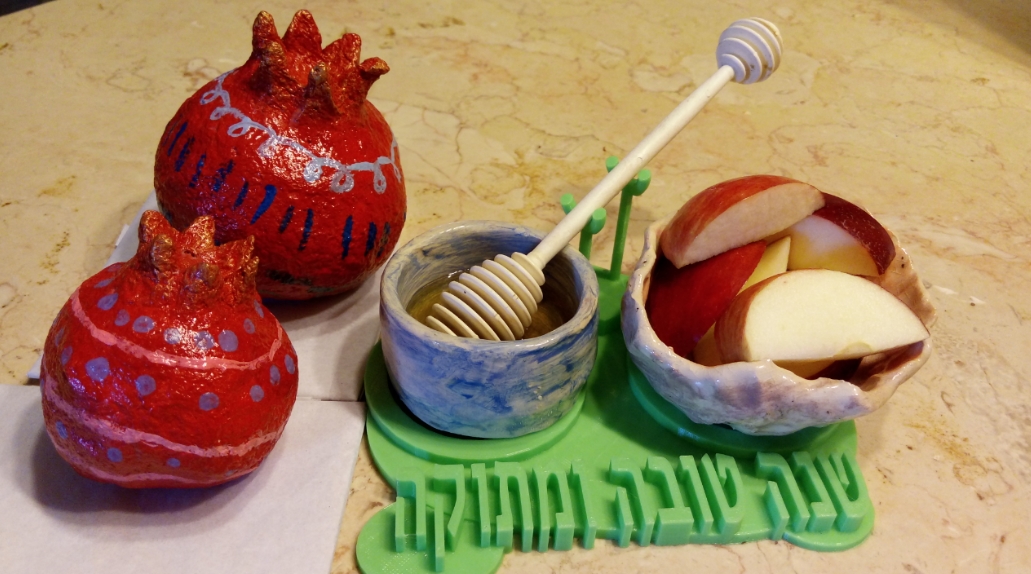
On one occasion, Dwolatzki mentions that he decided to initiate a special project with social value with his students. "I asked them to write on the board the names of games they like to play. Then I asked them to check which of these games could also be suitable for blind children, and we found that almost none of the games were suitable for the blind. Then I asked them to undertake the following task: to redesign these games, adapted for the visually impaired. Each student took on a game, and we ended up printing a tic-tac-toe adapted game, a fitting puzzle with protrusions, and even a checkers game where some squares on the board have different heights, and the circles are different from each other, not just in color but also in shape, so the blind can distinguish between them. We then printed everything, and it was amazing and exciting."
Dwolatzki notes that as an educator, what really interests him in the entire printing field is utilizing the technology for educational purposes. "Globally, there is talk about how this technology is going to impact many areas of our lives and change them in many ways. But what matters to me is providing the opportunity to use this technology for our students and bringing them to a creative place of building and manufacturing. It's something so important, because no one knows what the professions of tomorrow will be, but it's clear our children will need cooperation, creativity, and the ability to tackle real-world problems, and these are precisely the skills I practice with my students."

